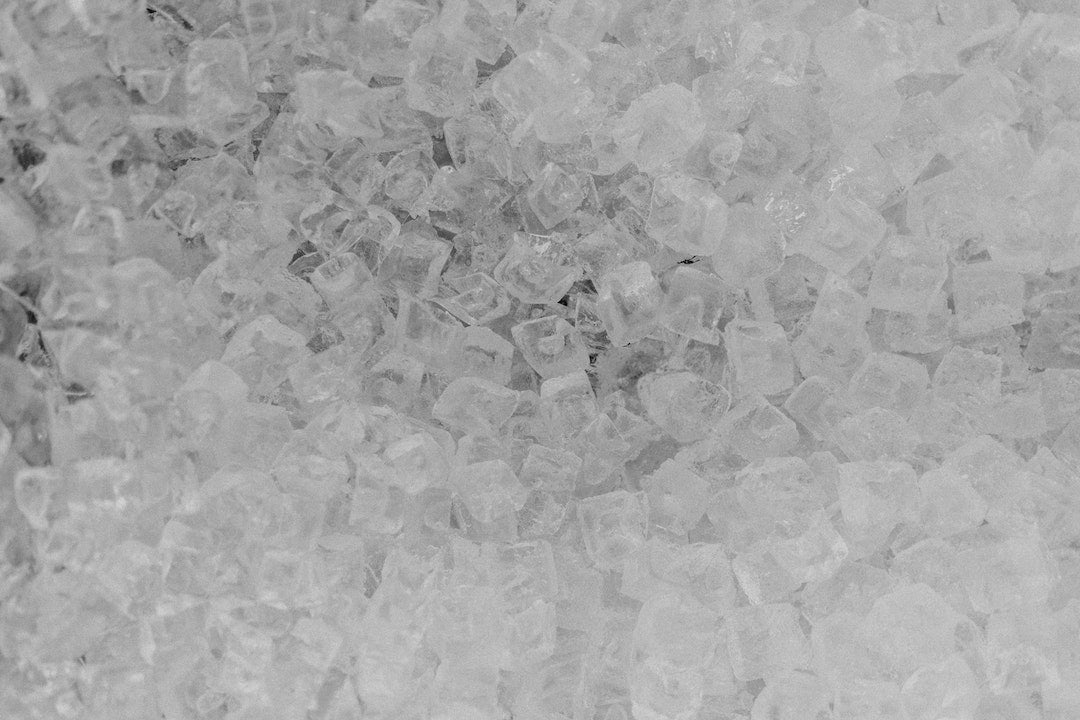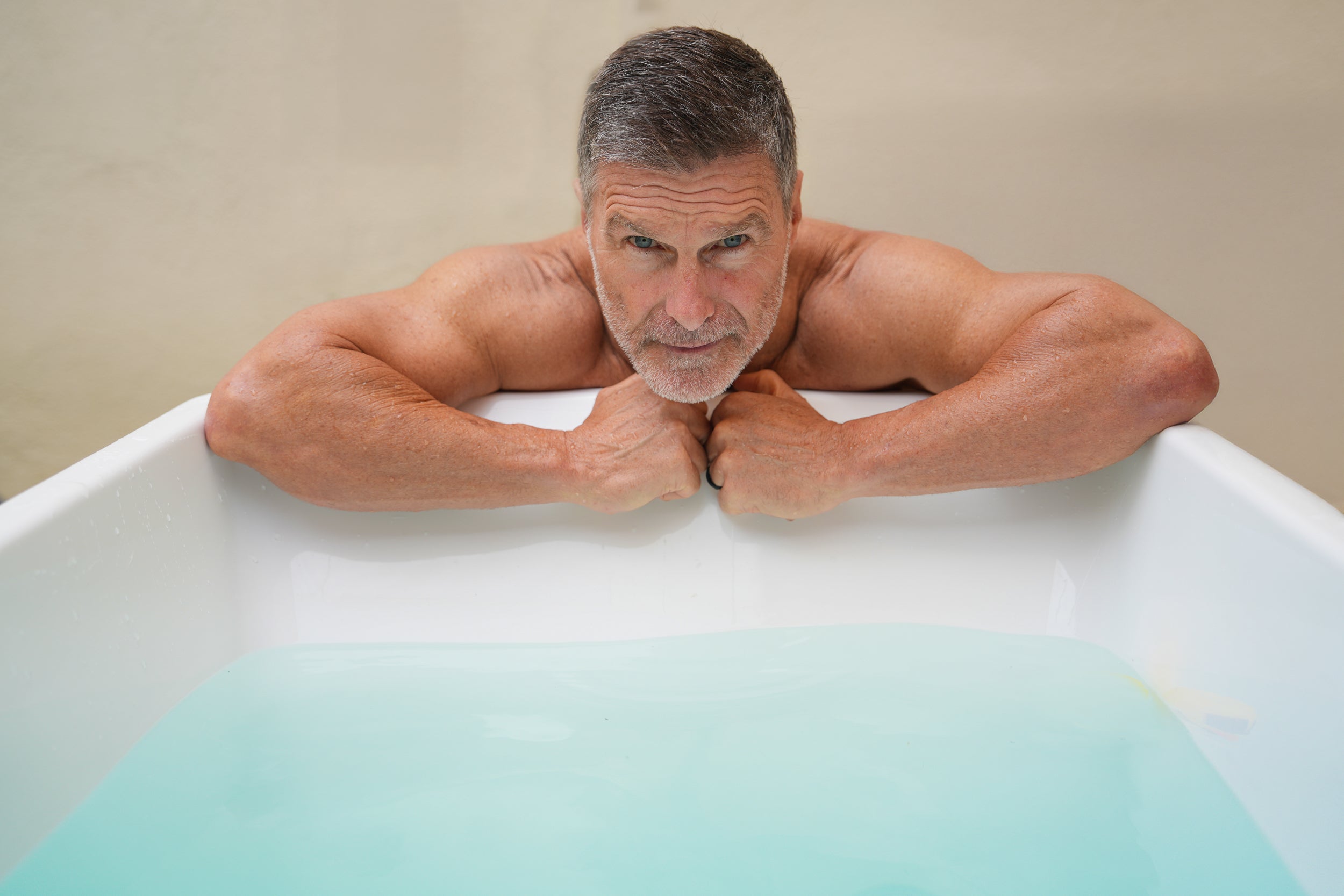
Cryotherapy vs. Ice Baths
The last few years have seen an enormous spike in the trend of temperature-based therapies. From saunas and sweat lodges to ice packs and cold tubs, there’s a hot or cold therapy for just about every situation imaginable. Unfortunately, with so many trends and treatments popping up, it’s become more challenging for the average person to keep track of them all!
While there are certainly plenty of mix-ups and mistakes someone could make, two of the most commonly confused terms in the industry are ice baths and cryotherapy. In all fairness, with no context, it’s easy to see why the two could be mistaken for one another! However, there are some important distinctions that separate them and knowing the difference can help you figure out the correct type of therapy for your situation.
This article will explore the key differences between cryotherapy and ice baths, including when and why to use either!
Medical Disclaimer: All information, content, and material of this website is for informational purposes only and is not intended to serve as a substitute for the consultation, diagnosis, and/or medical treatment of a qualified physician or healthcare provider. Always seek the advice of your physician or other qualified health providers with any questions you may have regarding a medical condition.

What is Cryotherapy?
To understand the differences between these two therapies, we should first understand each therapy separately. Cryotherapy can come in a number of different forms, both medical and non-medical in nature.
The most common cryotherapy tends to be full-body cryotherapy, which involves sitting in a cryotherapy booth for a short amount of time. A cryotherapy booth will expose your body to freezing or nearly freezing temperatures in order to address a particular physical condition. There are localized types of cryotherapy, though these tend to be more medical and used for either specific joint pains or freezing off warts.
Cryotherapy Benefits
The technology behind cryotherapy is still relatively new, so there’s not a whole lot of research on the subject. However, many athletes swear by cryotherapy, and it is becoming more and more popular in sports medicine circles! So, does cryotherapy work?
As far as people have discovered so far, cryotherapy can be helpful in people with injuries to muscles or joints, as well as in treating pain. Because cryotherapies are designed to rapidly drop your skin and body temperature, it has been shown to be very effective in pain relief, similar to putting an ice pack on a sprained wrist or swollen joint.
For the same reason, it has also been shown to reduce inflammation, particularly in a post-workout, active recovery situation.
On the whole, cryotherapy seems reasonably safe and can be helpful for physical recovery, though the jury is still out on whether it leads to improved performance. However, more research is needed to claim anything definitively, and you should consult a medical professional if you are thinking about trying cryotherapy!
What Are Ice Baths?
On the surface, ice baths sound like a form of cryotherapy, and by some technical definitions, the two are undoubtedly similar. However, cryotherapy usually depends on extremely cold temperatures and is mainly used for physical injuries or recovery, while ice baths use slightly warmer temperatures and can be used in several different situations.
Ice baths are a bit more versatile and approachable than most cryotherapy treatments. You’ve probably seen athletes sitting in ice baths after intense games or post-workout, but the benefits of ice baths stretch far beyond the physical. Additionally, unlike cryotherapy, ice bathing can be adapted into a long-term wellness routine!
Ice Bath Benefits
Like cryotherapy, ice baths can help reduce inflammation and relieve pain from working out, but unlike cryotherapy, ice baths are also helpful in boosting your immune system, increasing your circulation, and even elevating your mood!
The majority of these benefits are thanks to a little chemical in our bodies called norepinephrine. Norepinephrine is a hormone and neurotransmitter that helps to regulate your mood, energy, and vigilance. When your body enters icy water, your blood vessels will constrict to keep the heat close to your vital organs. At the same time, norepinephrine is released into your body, which helps to increase blood vessel constriction and boost your energy at the same time.
By observing this interaction in the central nervous system, researchers have theorized that regular ice bathing could possibly lead to a reduction in anxiety and depression and an increase in daily energy!
So Which One Is Better?
Cryotherapy and ice baths can both be effective, and depending on the situation, either could conceivably help you with some aspect of recovery. That being said, we think ice baths are a better choice overall because they can be used for so much more! Cryotherapy as a physical recovery tool is great, but it doesn’t have that much use beyond that.
Ice baths are also much more approachable and convenient for the average person, as cryotherapy tends to be confined to doctor’s offices or sports medicine rooms. Unless you’re a professional athlete or personal trainer, you’re much less likely to be able to undergo cryotherapy. In the end, the cost, flexibility, and track record are what put the ice bath on top for us!
Dip Your Toes
If you’re thinking about starting a routine of ice bathing, let us help you! Here at Plunge, we have first-hand experience with ice bathing, and we’re ready to get you going on your cold water journey.
Start by checking out our unique, temperature-controlled Plunge tubs, which make a daily cold plunging routine as easy as brewing your coffee! Once you’ve got yourself set up, master the basics of a cold tub routine with helpful tips from our blog and FAQ section.





